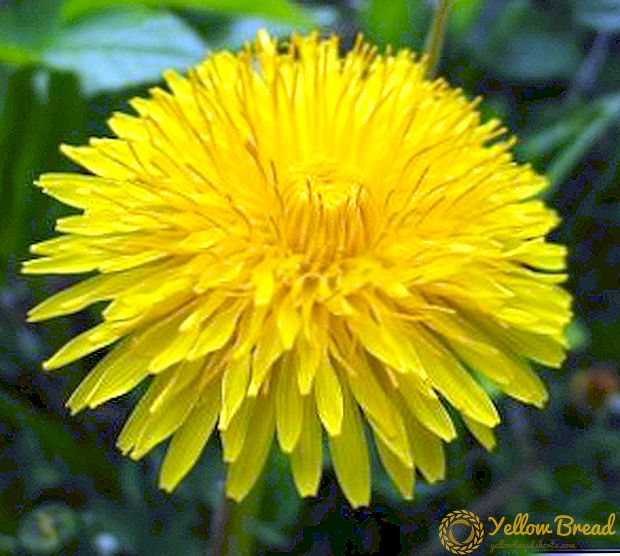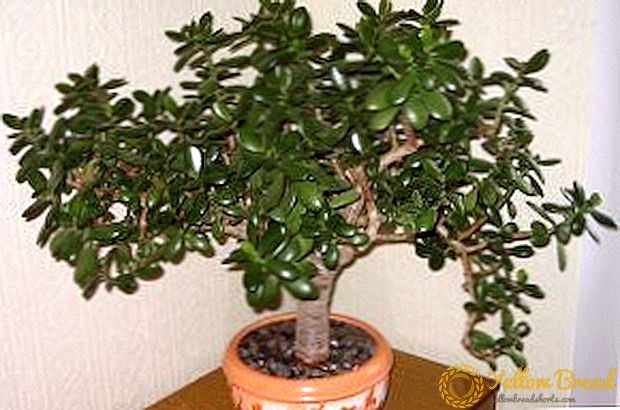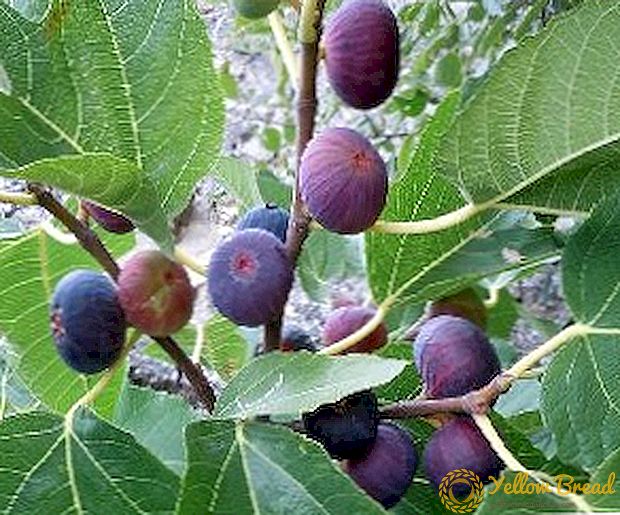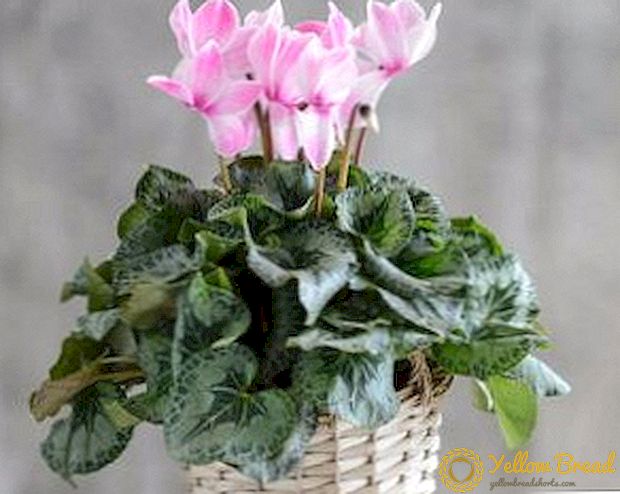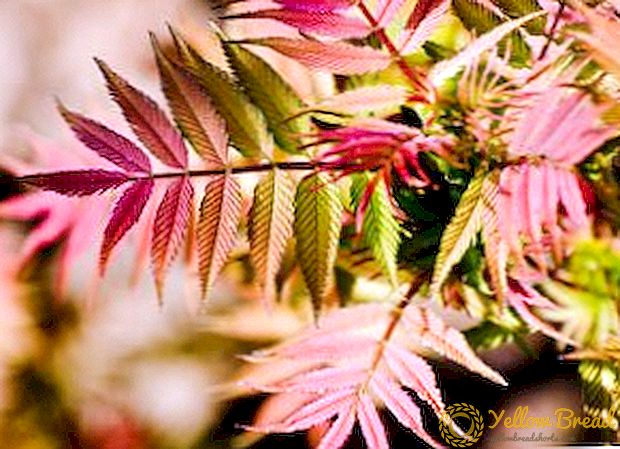 A rowan-leaf shrub is a plant that is successfully used to design a hedge, in addition, it has a very pronounced decorative showiness. The field is widespread due to its beauty and unpretentiousness. However, care for him has its own characteristics.
A rowan-leaf shrub is a plant that is successfully used to design a hedge, in addition, it has a very pronounced decorative showiness. The field is widespread due to its beauty and unpretentiousness. However, care for him has its own characteristics.
- Description
- Site selection and soil preparation
- Planting technology for the mountain ash
- Landing time
- Landing pattern
- How to care for ornamental shrubs
- How to water the plant
- Weeding and Loosening
- Top dressing and fertilizer
- Shrub trimming
- Preparing the field-worker for winter
- Diseases and pests
- Mountain ash rowan in landscape design
Description
Mountain ash is a native of Asia (Korea, Japan, the Far East, north of China, Mongolia). In the wild, it grows in floodplains, ravines and along river banks. Shrub got its name for the similarity of its leaves with leaves of mountain ash. They are also lanceolate, pinnate with paired veins.
 The plant has many upright shoots 1.5 cm thick and reaches a height of 2.5-3 meters. Vegetation begins in early spring and lasts until the end of October.
The plant has many upright shoots 1.5 cm thick and reaches a height of 2.5-3 meters. Vegetation begins in early spring and lasts until the end of October.The shrub blooms every year with milky-white buds in the form of panicles up to 25 cm long. The diameter of the flowers is about 10-12 mm, and the length of the stamens is much larger than the length of the petals, which creates an interesting decorative effect. Flowering lasts from two to four weeks. After flowering is complete, panicles are pruned, as the fruits of decorative value do not have. 
Site selection and soil preparation
This shrub is unpretentious, so the gardener is almost unlimited in choosing a place for his planting: both sunny and shaded places will fit (for example, under the canopy of trees), and he is not particularly picky about the quality of the soil. The best option for planting is a fertile loam with soil acidity close to neutral (pH 6-7).
Planting technology for the mountain ash
This plant is well propagated by stiffened cuttings, root shoots, dividing the bush, seeds.Cultivated varieties of seeds multiply worse - it is better to get cuttings.
Landing time
Planting fieldfare should be in early spring. In addition to warm the seedlings is not necessary. You should not be afraid that they will freeze in case of frosts: the homeland of this shrub is rather harsh edges, so the probability that the bushes will take root is almost 100%. 
Landing pattern
Before planting, you should carefully examine the seedlings and remove damaged, dry and weakened branches. The remaining shoots are shortly pruned to 10-15 cm, leaving 2 to 4 buds on each branch. Pits prepare shallow, but wide (taking into account the growth of shrubs).
The depth of the pit should be about 30-40 cm, diameter - from 50 to 80 cm. The pit is filled with the substrate, which consists of turf soil, humus and sand in a ratio of 1: 2: 1. Fall asleep in excess to form a mound. They put a seedling on top, sprinkle it with earth, water it abundantly and mulch with peat or bark.
Fieldfare can be planted in areas with a strong slope, but it is necessary to form a trunk circle so that water can linger in it. To do this, from the side of the slope dig a deeper funnel, making the bush a small terrace. 
How to care for ornamental shrubs
As noted above, the fieldfare is capricious and does not require careful care, but he will thank for a small amount of attention, revealing his beauty to the full.
How to water the plant
The Fieldfare does not tolerate a prolonged drought, but it is highly resistant to moisture, it easily withstands slight flooding. Therefore, when watering it is better to overdo it than to be cautious and regret for a bush of water. Immediately after planting and the first year of watering is often and abundant.
With further care, root irrigation is sufficient 2–3 times a month (in hot, dry weather, it is worthwhile to make it more frequent). If the plant does not fall in direct sunlight (or after sunset, if the plant is in the sun), you can shower in water and the leaves - it likes high humidity. 
Weeding and Loosening
Deep weeding is not contraindicated for the mountain ry because it has a developed non-deep root system. The first year of life can help him fight weeds, then he will cope on his own. To avoid drying out of the soil, it is worth several times a month after loosening the trunk circle to mulch it with peat or bark.
Top dressing and fertilizer
Since the shrub has a developed green mass, which is also updated during the season, it requires regular feeding.You can limit organic fertilizers: peat, humus, compost; You can add mineral fertilizers: carbamide (in the spring, about 40 g / m2); potassium nitrate (about 15 g / m2); superphosphate (at the beginning of autumn, about 40 g / m2).
Shrub trimming
In the third year, it's time to prune. First of all, cut dry, broken, diseased and creeping branches on the ground. To shape, remove those branches that go beyond the projection of the shrub. Forming shearing is carried out throughout the season.
When using a shrub as a hedge, it will have to be cut 3-4 times per season. In addition, it will be necessary to pay attention to the root growth, which tends to grow, and the fence can lose shape. 
Preparing the field-worker for winter
This plant tolerates even extreme cold, so it does not need special warming.
Diseases and pests
The field is very resistant to pests and diseases. Occasionally, it may be chosen by a green aphid or spider mite, then the shrub is treated with the Fitoverma or Mitaka solution. Sometimes the mountain soldier gets viral mosaic. Unfortunately, this disease is incurable, and the affected plant will have to be destroyed. 
Mountain ash rowan in landscape design
Resistance to frost, unpretentiousness and resistance to pests allow wide use of the grass-roots in park design. Use both single bushes, and group landings, form with its help live hedges and compositions with other plants.
However, it should be remembered that the grassfields are prone to rapidly spreading root shoots, capturing vast spaces and displacing other plants. True, modern varieties (for example, "Sam") partially coped with this problem. 
 Mountain ashberry is a plant, the simplicity of planting and care for which has provided him the love of gardeners and landscape designers. This shrub will delight the eye from early spring to late autumn with the richness and unexpectedness of the colors of foliage, beauty and aroma of flowers.
Mountain ashberry is a plant, the simplicity of planting and care for which has provided him the love of gardeners and landscape designers. This shrub will delight the eye from early spring to late autumn with the richness and unexpectedness of the colors of foliage, beauty and aroma of flowers.

